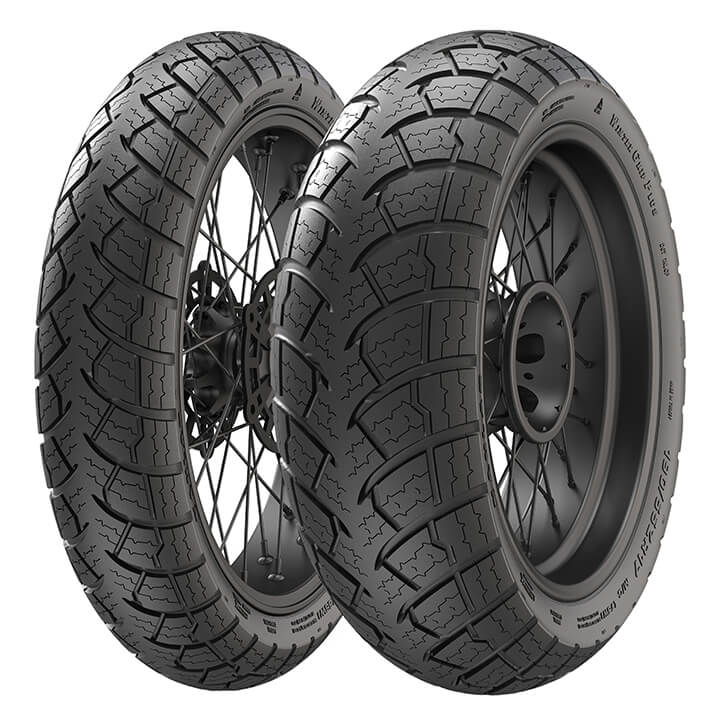Crossed over 5,000 km in 2023 on the way home yesterday.
Didn't ride today. Looked like it could get real sketchy later in the day.
..Tom
Didn't ride today. Looked like it could get real sketchy later in the day.
..Tom

















